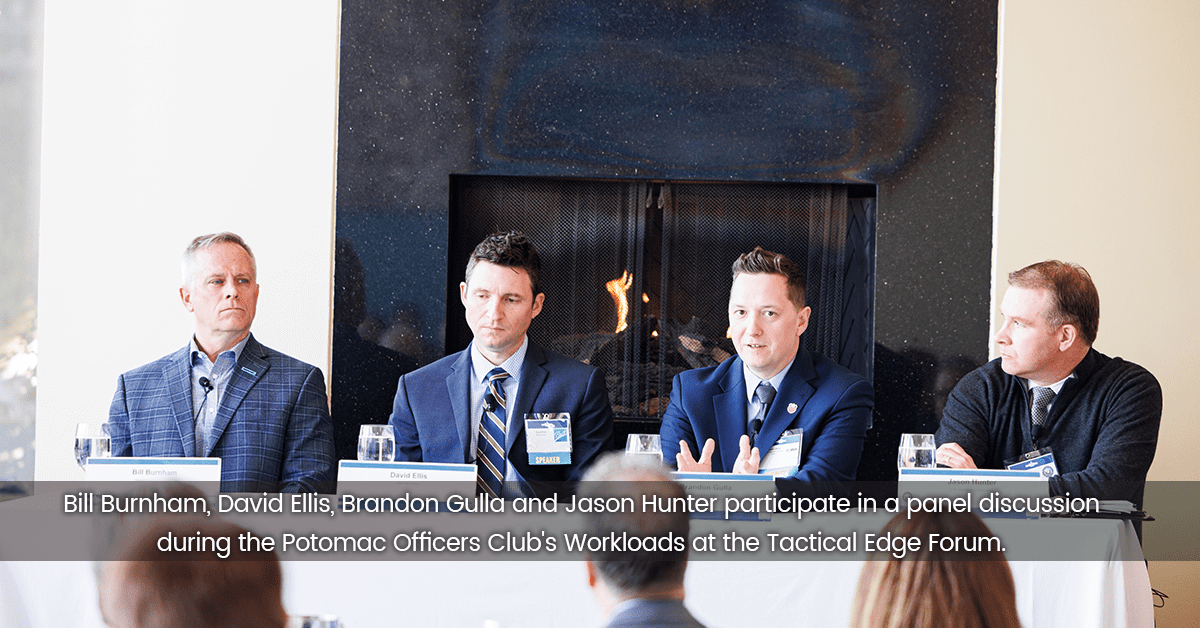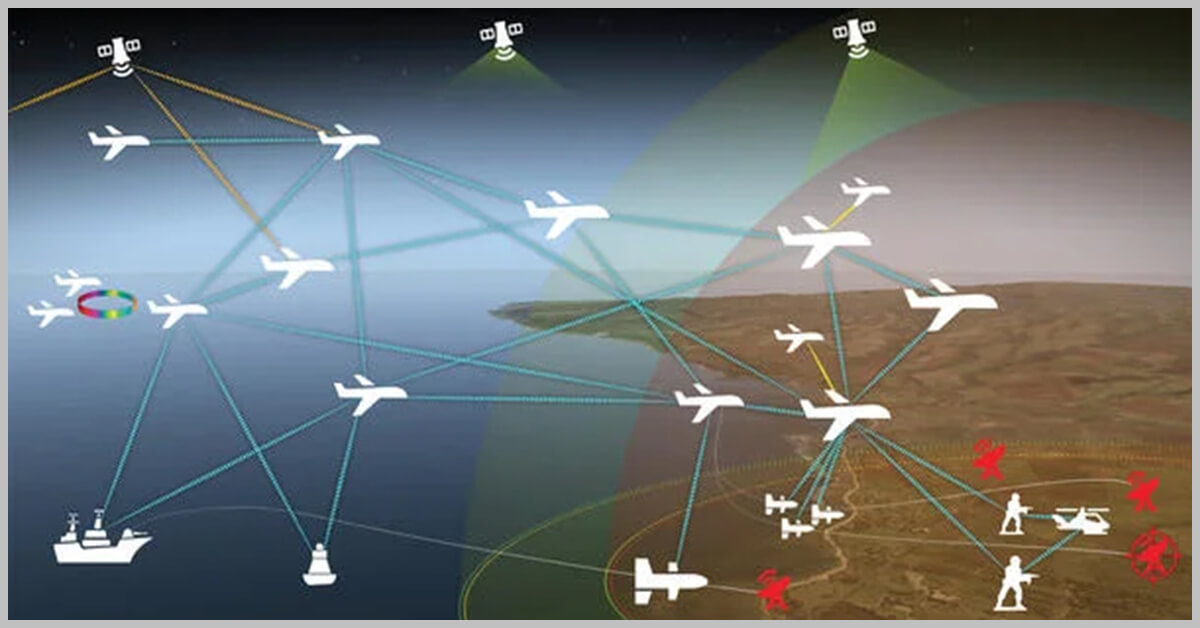The tactical edge refers to remote environments in which connectivity can be limited, presenting a variety of technological challenges for military and civilian employees operating in these locations.
According to experts, improving edge capabilities is not just a technology problem, but something that requires a reevaluation of current transformation approaches.
During a panel discussion at the Potomac Officers Club’s Workloads at the Tactical Edge Forum on Thursday, Bill Burnham, chief technology officer for U.S. public sector at Hewlett-Packard Enterprise, noted that today, government modernization is more of a policy and cultural issue than a technology problem.
Commercial organizations, he said, have invested heavily in edge technologies, but “nothing in the government has changed from a process perspective to support that edge cloud capability.”
Familiarity with legacy systems is one setback in the U.S. government’s efforts to adopt new edge technologies, said Jason Hunter, digital transformation officer for the Naval Sea Systems Command’s Program Executive Office Integrated Warfare Systems.
“A lot of people have been working for 10, 20 years, and their experience has been with the systems that are deployed. So if those systems are 10 to 20 years old from a technology perspective – which is not uncommon at all within the DOD spaces – we get to a point where they just don’t know the realm of the possible,” he explained.

Dated technologies can make it difficult to attract young people who want to work with cutting-edge systems to these careers, said David Ellis, director of strategic capabilities and partnerships at Ball Aerospace. He pointed out that “there are a lot of heritage things around” that can make modernization difficult, even in evolving focus areas like the space domain.
Brandon Gulla, co-founder and chief technology officer of Rancher Government Solutions, noted that rapid advancements in technology have made today’s workforce take the standard of unlimited bandwidth, unlimited storage and unlimited elastic compute within hyperscalers for granted.
To address the challenge of a workforce that is “not familiar with compromise,” Gulla said providers “have to do a better job of providing these capabilities in a scalable but also resilient type of footprint in methodology.”
Training is a key part of ensuring users understand the technology they are working with, and Hunter said public sector training methods should be adjusted.
Many Navy newcomers work on ships, and he said that for these individuals, figuring out the mission and learning to understand edge technologies at the same time can be difficult.
According to Hunter, “there is a big push” in the service branch to look more closely at how training is conducted. He highlighted device maintenance, trust and resiliency as major considerations.
“So we’re looking at these edge devices, but if we tie our entire warfighting beats to these devices, what happens when they go down? How do we prepare?” he said.

At the Potomac Officers Club’s next event, the 2024 Space Summit on March 5, you will have the chance to hear from a variety of public and private sector space experts. Gen. Stephen Whiting, commander of the U.S. Space Command, will deliver the opening keynote address. Click here to learn more, and click here to secure your spot.





